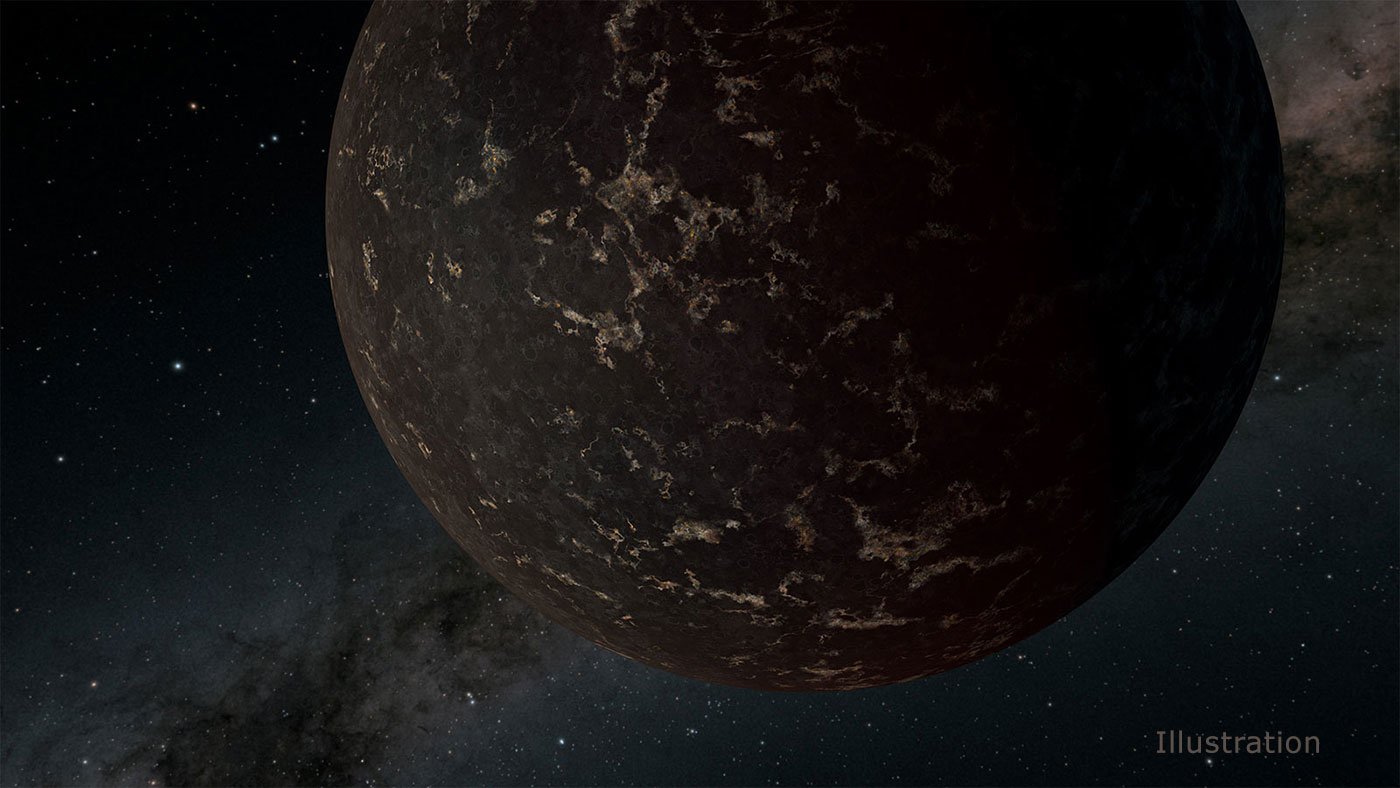Researchers used NASA’s space telescope to gather data that details a rocky exoplanet surface, previously discovered by the Transiting Exoplanet Satellite Survey (TESS) mission. The rocky planet has physical properties similar to Earth’s Moon and Mercury, although it’s believed that there might not be an atmosphere. Additionally, the rocky exoplanet may boast cooled volcanic material which is also contained on the Moon’s dark side known as mare.
Researchers discovered this planet using TESS back in 2018, naming it LHS 3844b. The planet is 48.6 light-years from Earth, measuring 1.3 times Earth’s radius. Its host star is an M dwarf, a small and cool star. The TESS satellite used the transit method to discover the planet. It includes detecting a small dimming of the host star caused by a “transiting” planet. The findings were detailed in the journal Nature.
The team used the Spitzer Space Telescope to detect light from the surface of LHS 3844b. NASA’s space telescope observed the rocky exoplanet surface when it was at its full revolution around its star, within just 11 hours. Scientists believe that the planet is “tidally locked,” which means that one side of the planet permanently faces the star. The side that faces the star reaches 1,410 degrees Fahrenheit. Because it’s hot, it shows a lot of infrared light, which made it easy for Spitzer to detect it.
This is the first time Spitzer’s data was used to detail a rocky exoplanet surface around an M dwarf. Comparing the temperature between the hot and cold sides of the planet helps researchers find out if there’s a certain amount of heat that gets transferred between the two sides. If the planet has its own atmosphere, the hot air on the dayside of the heat would reach the other side with winds, making it warmer.
“The temperature contrast on this planet is about as big as it can possibly be,” said Laura Kreidberg, a researcher at the Harvard and Smithsonian Center for Astrophysics in Cambridge, Massachusetts, and lead author of the new study said in a statement. “That matches beautifully with our model of a bare rock with no atmosphere.”
M dwarfs emit higher levels of ultraviolet light, although less light in general. This is a huge downside when it comes to sustaining life as we know it on Earth, and if the planet had its own atmosphere, the UV light would split it. The observations show that there’s no chance with an atmosphere with more than 10 times compared to the pressure on Earth. Also, because the planet orbits so close to its parent star, the intense radiation from the star could’ve caused the atmosphere to evaporate.
“I’m still hopeful that other planets around M dwarfs could keep their atmospheres,” Kreidberg said. “The terrestrial planets in our solar system are enormously diverse, and I expect the same will be true for exoplanet systems.”
The team also notes that the rocky exoplanet surface NASA’s space telescope observed is “quite dark.” Renyu Hu, an exoplanet scientist at NASA’s Jet Propulsion Laboratory (JPL) and co-author of the study said that the planet’s surface is covered in volcanic rock called basalt.
“We know that the mare of the Moon are formed by ancient volcanism,” Hu said, “and we postulate that this might be what has happened on this planet.”





